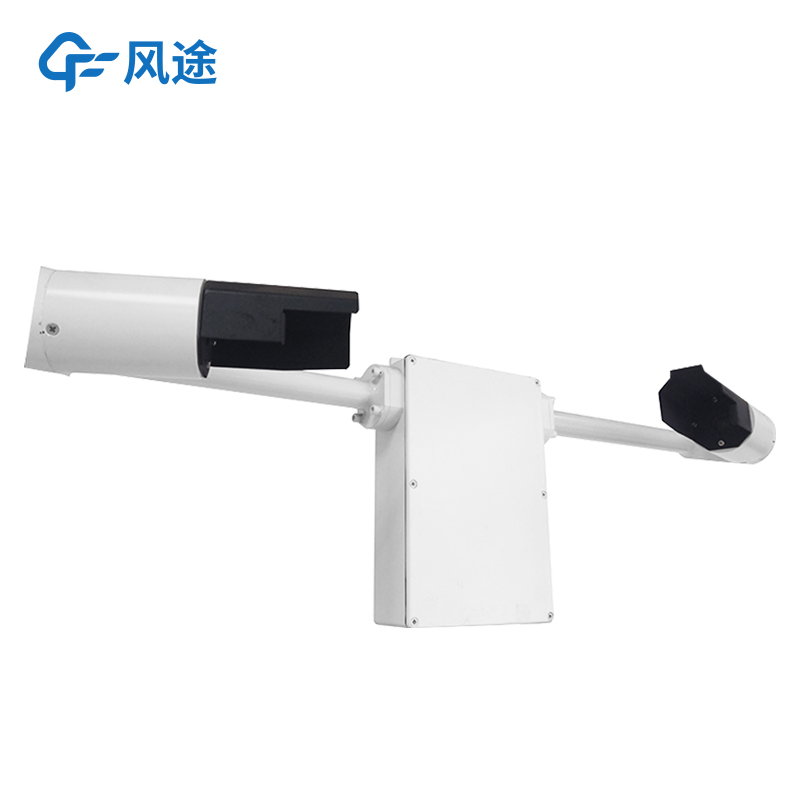Shandong Fengtu IOT Technology Co., Ltd
Sales Manager:Ms. Emily Wang
Cel,Whatsapp,Wechat:+86 15898932201
Email:info@fengtutec.com
Add:No. 155 Optoelectronic Industry Accelerator, Gaoxin District, Weifang, Shandong, China

Sales Manager:Ms. Emily Wang
Cel,Whatsapp,Wechat:+86 15898932201
Email:info@fengtutec.com
Add:No. 155 Optoelectronic Industry Accelerator, Gaoxin District, Weifang, Shandong, China
time:2025-06-27 10:01:55 source:Weather Station viewed:145 time
In canal shipping, visibility is a key factor affecting the safety of ship navigation. Weather conditions such as fog, haze, rain, and snow can reduce visibility on canals, making it difficult for ship drivers to clearly identify waterways, navigation marks, and other ships, increasing the risk of accidents such as collisions and groundings. According to relevant statistics, canal shipping accidents caused by poor visibility account for a relatively high proportion, posing a serious threat to the safety of life and property and the normal order of canal transportation. Therefore, accurately measuring and real-time mastering the visibility status of canals is of great significance for ensuring the safe navigation of ships, improving the traffic efficiency of waterways, and implementing effective waterway management. The traditional manual observation of visibility is greatly affected by subjective factors, and both accuracy and timeliness are insufficient. Therefore, it is necessary to use scientific instruments and equipment to achieve precise monitoring of canal visibility.
Visibility detectors are often used to detect canal visibility. It works based on the principle of light scattering. The light source inside the instrument emits a beam of light. When this beam propagates in the atmosphere and encounters aerosol particles such as fog droplets, dust, and raindrops, a scattering phenomenon occurs. The visibility detector calculates the visibility by detecting the intensity of the scattered light at a specific angle (usually 30°-90°, such as 35°) to the emitted beam. In general, the more aerosol particles in the atmosphere, the stronger the scattered light intensity, indicating lower visibility; conversely, weak scattered light intensity means high visibility. The instrument accurately converts the received scattered light intensity into a visibility value through a pre-calibrated algorithm.
It can monitor canal visibility in real time, 24 hours a day, and can collect data at different sampling intervals as required. It can adapt to various weather conditions. The shell is waterproof, dustproof, and corrosion-resistant. The internal optical system and electronic components are specially designed and protected, and the instrument can automatically calibrate, regularly and automatically calibrating the instrument parameters.

The Portable Weather Station is an important tool for modern environmental monitoring. It can simultaneously monitor parameters such as temperature, humidity, wind speed, wind direction, air pressure, illumination, PM2.5, PM10, noise, and rainfall. It adopts an ultrasonic wind speed and direction se...
The integrated automatic rainfall monitoring station is an unattended rainfall monitoring equipment. It not only has the incomparable advantages of traditional rain gauges and manual observation instruments, but also plays a significant role in improving work efficiency and reducing human errors. Th...
A Small Automatic Weather Station is an integrated and complete meteorological monitoring system. It boasts significant advantages in microclimate environment monitoring, as it can accurately capture changes in meteorological elements within specific areas and provide reliable support for meteorolog...
In the current era when the concepts of ecotourism and healthy living are widely spread, natural oxygen bars have become popular leisure destinations for people. As a key facility for measuring and maintaining the ecological quality of these areas, the Environmental Monitoring Station demonstrates t...